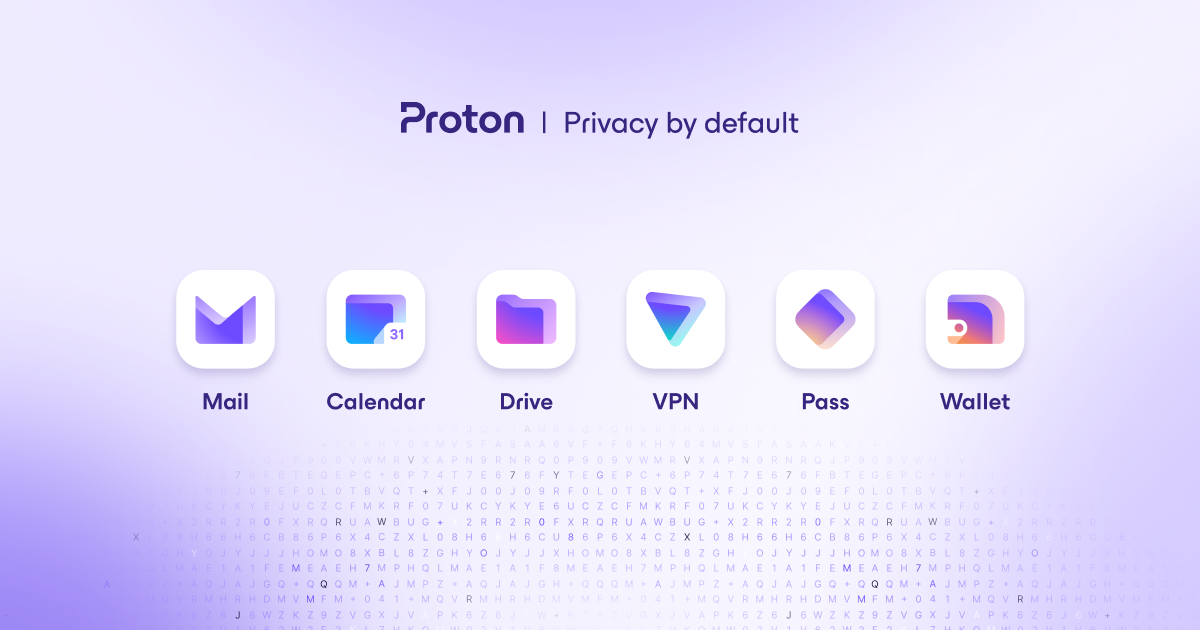Summary
Fake email registrations and list bombing are growing threats that can significantly impact your email deliverability and sender reputation. These attacks involve bots or malicious actors signing up large volumes of invalid or stolen email addresses to your lists, often overwhelming systems and creating data quality issues. Understanding the mechanisms behind these attacks and implementing robust preventative measures is crucial for maintaining a healthy email program.
Key findings
- Automated attacks: Many fake registrations originate from bot networks, often using generic or disposable domains, sometimes from specific regions like .ru (Russia) or Chinese domains.
- Purpose: Beyond simply polluting lists, list bombing (or subscription bombing) can be used as a distraction technique to hide more serious fraudulent activities elsewhere.
- Impact: High volumes of invalid sign-ups lead to increased bounce rates, potential spam trap hits, and ultimately, damage to your sender reputation, making it harder for your legitimate emails to reach the inbox.
- Reactive measures: While flagging suspicious emails as spam or blocking IPs can help in the short term, proactive security measures are far more effective.
Key considerations
- Form security: Implementing mechanisms like reCAPTCHA (especially invisible versions) and honeypot fields on your registration and signup forms can significantly deter bots. To learn more, read about how to protect email list signup forms from bots.
- Double opt-in: This remains one of the most effective ways to ensure only genuinely interested subscribers are added to your list, despite some perceived friction. It verifies the email address before it's officially added to your active list. This helps prevent bot sign-ups and suspicious contacts.
- Email validation: Using an email validation service at the point of entry can help filter out invalid, disposable, or known problematic email addresses in real-time. This is a best practice, as highlighted by Service Objects, to preemptively block bad addresses.
- IP Blocking: While challenging due to rotating IPs, identifying and blocking frequently used malicious IP addresses or ranges can offer some relief during an attack.
What email marketers say
Email marketers often find themselves on the front lines against fake registrations and list bombing, dealing directly with the operational challenges and reputational fallout. Their experiences highlight both the frustration of these attacks and the practical steps taken to mitigate them, often leading to improvements in their overall email infrastructure.
Key opinions
- Frustration: Dealing with thousands of fake email registrations, often from specific top-level domains like .ru, is a common and highly frustrating experience for marketers.
- Forced improvements: These attacks, while disruptive, often compel organizations to implement long-overdue security and deliverability enhancements, such as better email validation and domain authentication measures.
- Form vulnerability: CMS platforms like Magento can be particularly susceptible to form hacking by spam bots, necessitating migrations or stronger third-party security integrations.
- Layered security: Marketers recognize the need for multiple layers of protection, beyond just a single defense mechanism, to truly combat sophisticated attacks effectively.
Key considerations
- Email validation services: Implementing an email validation service is a critical step, as it can help clean lists and prevent new bad addresses from entering. You can find recommended email validation services to assist with this.
- Invisible reCAPTCHA: This offers an additional layer of security on signup forms without negatively impacting the user experience. Klaviyo also suggests a honeypot field as another preventative measure.
- Branding links and reverse DNS: While not directly preventing fake registrations, these steps improve overall email authentication and deliverability, benefiting your sender reputation.
- Double-layer verification: If double opt-in is not feasible, consider adding an additional email verification step or a second email form specifically for verification, especially on registration forms.
Marketer view
A Marketer from Email Geeks shared their recent struggle, mentioning they were dealing with a new and challenging problem involving numerous .ru email domains, which was quite a surprise.
Marketer view
A Marketer from Klaviyo Help Center suggests that adding a honeypot field to your website's form is a method that can be implemented to easily identify if you are being list bombed.
What the experts say
Email deliverability experts offer a more technical and strategic perspective on preventing fake registrations and list bombing. Their insights often focus on the underlying mechanisms of these attacks and the robust, multi-faceted security measures required to counter them effectively, while also acknowledging the practical challenges involved.
Key opinions
- Subscription bombing: Experts commonly refer to these incidents as 'subscription bombing' and confirm that attacks frequently originate from specific geographical regions, such as Russia and China.
- Form security integration: Building security measures directly into email signup forms is crucial for proactively combating this type of abuse, rather than relying solely on reactive measures.
- IP identification: Identifying and blocking the IP addresses used by attackers is a valuable tactic, though its effectiveness is limited by attackers' ability to use a large, rotating pool of IPs.
- Deliverability challenges: Even with double opt-in, the act of sending a confirmation email can sometimes inadvertently trigger deliverability issues, posing a unique challenge.
Key considerations
- Automated security: Leverage automated security features to protect email list signup forms. Ensuring your forms are robust helps prevent bots from adding suspicious contacts to your lists, as detailed in our guide on preventing bot sign-ups.
- Double opt-in benefits: While it introduces an extra step, double opt-in is a highly effective method to verify subscriber intent and quality, significantly reducing fake entries. For more details on its impact, read about double opt-in and spam traps.
- Proactive vs. reactive: Prioritize proactive measures on your forms over reactive clean-up efforts, which can be resource-intensive and often less effective in the long run. As Sedara Security notes, traditional email filters might not catch subscription bombs from legitimate sources.
- IP reputation: Continuously monitor and analyze source IPs for suspicious activity to identify and block patterns associated with list bombing.
Expert view
An Expert from Email Geeks confirms that subscription bombing, often originating from Russia and China, is a common issue and highlights the importance of having built-in security features on forms to combat this abuse.
Expert view
An Expert from SpamResource emphasizes the critical need for proactive measures and robust email validation at the point of entry to maintain optimal list hygiene, preventing bad addresses from ever entering the system.
What the documentation says
Technical documentation and security advisories provide structured approaches to identifying and mitigating email bombing attacks. They typically detail methods for email filtering, content categorization, and the strategic use of security tools to protect against malicious activities that leverage fake registrations to overwhelm email systems or distract from other threats.
Key findings
- Categorization: Effective email security involves categorizing incoming emails into groups like spam and bulk mail, alongside implementing filters for harmful content.
- Dynamic rule updates: Mail filters need to be continuously updated with known bad rules to route suspicious messages to junk folders or quarantine.
- Sieve filters: Advanced email systems often support sieve filters that can be configured to discard messages or divert them to spam, providing granular control over incoming mail.
- Comprehensive solutions: Security products like Microsoft Defender for Office 365 offer robust solutions, including durable blocks, to limit large influxes of spam and malicious emails.
Key considerations
- Email filtering: Implement or enhance email filtering capabilities to identify and manage high volumes of incoming emails, especially those from illegitimate or suspicious sources. This can help diagnose deliverability issues.
- Signature-based detection: Traditional email filters might not always be sufficient, as subscription emails often originate from seemingly legitimate sources. Look for solutions that go beyond simple signature matching.
- Automated response: Automate responses to identified threats, such as automatically routing messages to junk or implementing temporary blocks, to minimize manual intervention during an attack. Regularly checking your blocklist checker can also provide insights.
- Multi-factor authentication (MFA): While not directly about email, documentation highlights the importance of MFA for protecting user accounts targeted by registration bomb attacks (e.g., to hide financial fraud).
Technical article
A security guide from Hornetsecurity states that an effective method for protection involves categorizing emails into groups like spam and bulk mail while concurrently adding filters to harmful emails, such as those containing malware.
Technical article
Documentation from Dartmouth College advises that as more spam is received, users should update their 'Known Bad' rule to route those messages directly to their Junk E-mail folder, enhancing spam mitigation.
Related resources
14 resources
Related pages
How to protect email list signup forms from bots and subscription bombing?
What are the best practices and tools for email validation on sign-up?
How to prevent bot sign-ups and suspicious contacts on email lists?
How to Identify Email Spam Traps?
Why am I hitting spamtraps with double opt-in email addresses, and do spamtraps click?
What happens when your domain is on an email blacklist?
Spam traps: what they are and how they work
Why Your Emails Are Going to Spam in 2024 and How to Fix It
What are recommended email validation tools for bulk and real-time use?
How email blacklists actually work: a simple guide












